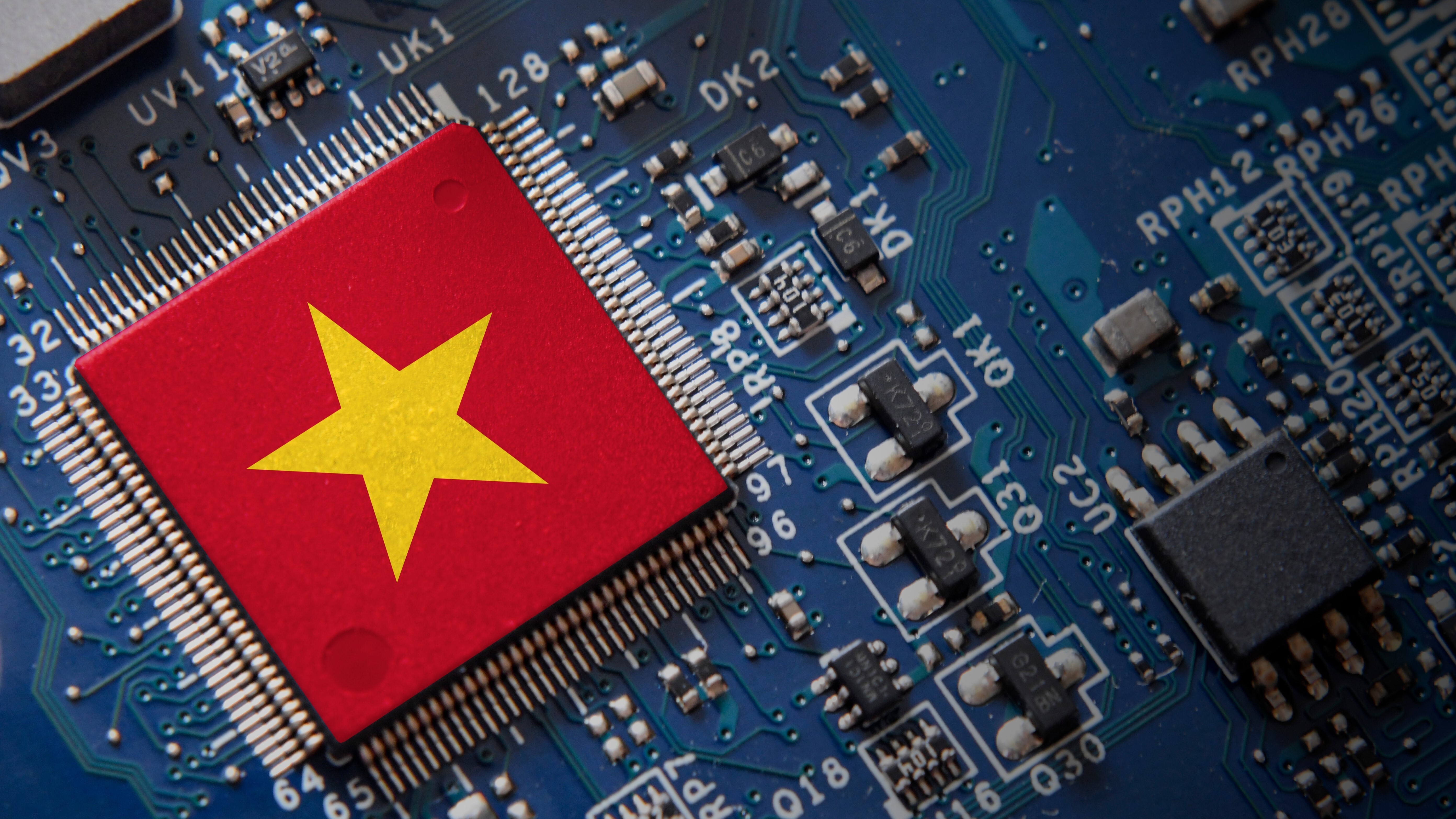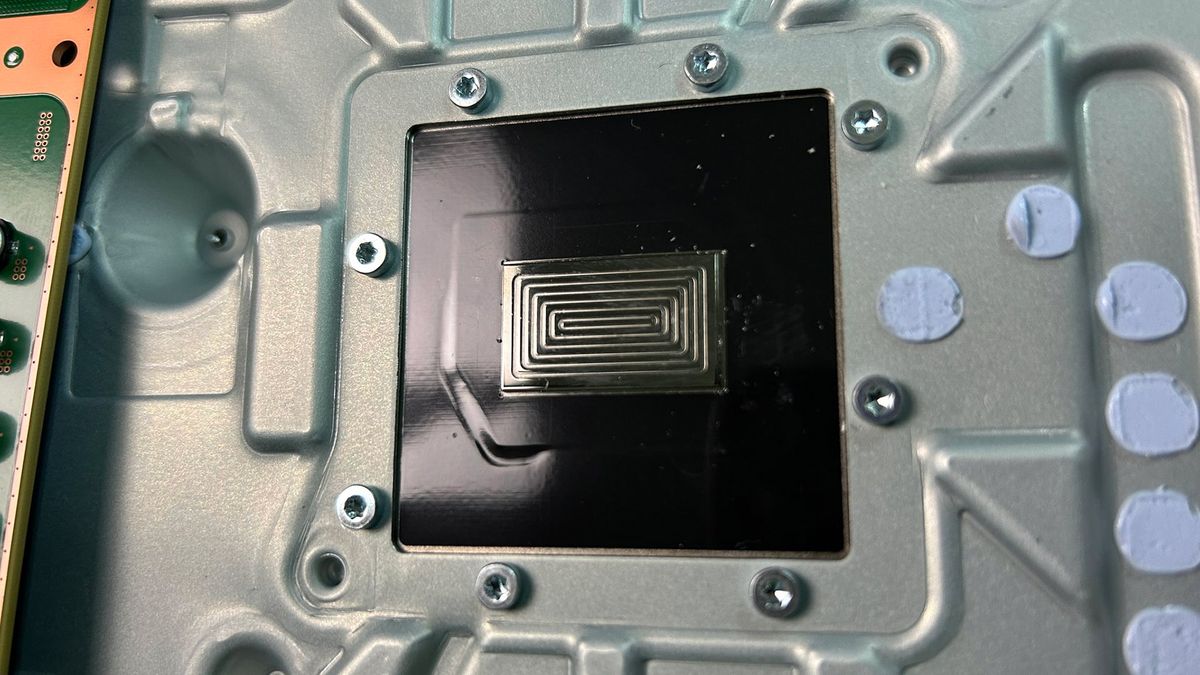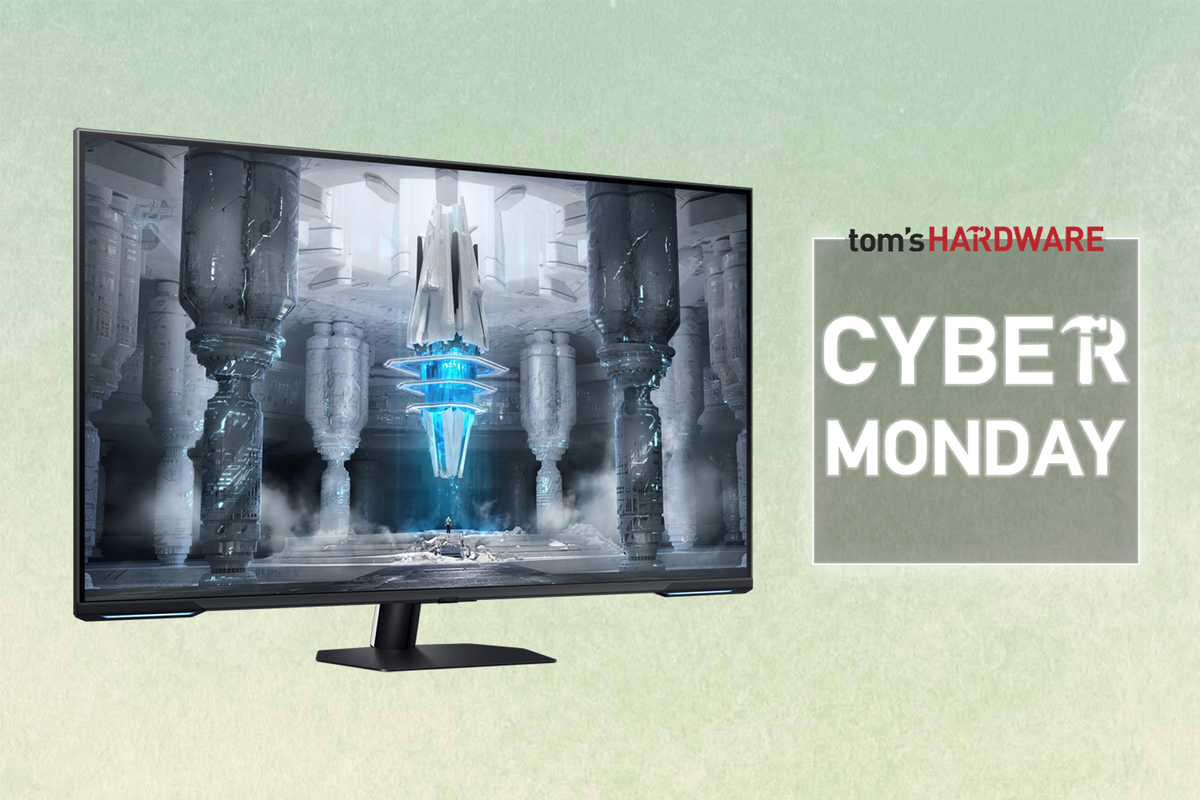U.S. President Donald Trump has posted on Truth Social, stating that he has reached a deal with Vietnam to allow U.S. goods to enter the country without a tariff. In exchange, Washington will reduce tariffs on Vietnamese goods from the initial figure of 46%, down to 20% — but the agreement includes a provision stating that transshipped goods (a method used by Chinese companies to circumvent tariffs) will still be subject to a 40% import tariff.
According to Trump, he closed the trade deal after speaking to To Lam, the Communist Party of Vietnam's General Secretary. Trump also stated that this move will completely open up the country as a new market for American goods.
The White House announced a sweeping set of tariffs on all its trading partners in early April, with Vietnam initially getting a 46% rate. However, Trump later announced a 90-day extension on the implementation of these taxes, excluding China. The July 9 deadline for the extension is quickly approaching, though, and many are unsure what will happen after that. Nevertheless, Trump’s announcement arrives a little over a week before that date, allowing the country to secure a more preferential rate than what was initially announced.
Still, it should be noted that this is merely a framework agreement, and both sides still need to negotiate the details of the trade deal. For example, an initial deal was already agreed upon between the U.S. and the U.K. in May 2025, but it wasn’t until June 2025 that the deal was officially put into effect when Trump signed the finalized executive order.
A historic change
This recent deal highlights the warming relations between the two former adversaries, with the two countries restoring full diplomatic ties in 1995. Hanoi is seemingly making a strategic move, especially as China is exerting more influence in Southeast Asia, and making claims on the Spratly and Paracel Islands — something that Vietnam vehemently opposes.
Despite that, China is still one of its biggest trading partners. As of 2024, the trade volume between the two countries sits at over $205 billion, with Hanoi importing almost $144 billion from Chinese suppliers. This massive amount isn’t just for domestic consumption, though — a big chunk is dedicated to equipment and raw materials that power the country’s export manufacturing. Moreover, many Chinese companies are setting up shop in Vietnam to avoid U.S. tariffs, to take advantage of cheaper labor, and diversify their supply chains.
Digitimes Asia says that the negotiated 20% tariff on Vietnamese goods entering the U.S. is low enough that manufacturers, end-users, and retail customers can absorb the increased prices without affecting margins. This is a stark difference from the 55% tariff currently applied to Chinese goods. However, the deal includes a 40% transshipment tariff clause, which is likely targeted against Chinese companies, and will make it harder for manufacturers to use Vietnam as a middle ground to circumvent higher tariffs.
Closing the loophole
In a technical sense, transshipment refers to the process of transferring goods to another port when no direct shipping route exists between the source and the destination. For example, there is no direct route from China to Morocco, so containers departing from the former may be offloaded at a hub, such as Singapore, before being picked up by another vessel bound for the final destination.
Organizations can take advantage of this to mask the true source of a product, though. Some companies can just ship their goods to Vietnam, slap on a ‘Made in Vietnam’ label, and send them to the U.S. to avoid higher tariffs. A few might take this further by sending nearly completed goods — like a phone without a case — and have a local manufacturer put them in the plastic shell and packaging, to comply with trade requirements.
Washington and Hanoi need to iron out these details in the trade deal to avoid confusion. For example, it must define substantial transformation, which sets the legal standard for how much meaningful change is applied to an item for it to be considered as a product made locally. The agreement also needs to consider Chinese-owned companies, especially those blacklisted by the White House, operating in Vietnam.
The next global tech manufacturing hub?
This tentative agreement with the U.S. shows how Vietnam is preparing itself to become the next global tech manufacturing hub. The country is seemingly ready to fully open its market to U.S. goods in exchange for lower tariffs. This might be a problem for a few sectors, especially with its fledgling automotive industry and local agricultural production. But, once the details of this trade deal are hashed out and agreed upon, investors will likely feel assured that there will no longer be big changes that can cause headaches in the short to medium term.
After all, stability is a big requirement for companies to have the confidence to execute long-term investments. Aside from this, the relatively low labor cost in Vietnam and its proximity to major shipping lanes make it an attractive place for setting up manufacturing hubs. The country is also part of several free trade agreements, which means that companies operating within it have broader market access, making it easier and cheaper to reach more customers in different parts of the world.
More importantly, the 40% tariff on transshipment will force Chinese companies to increase their manufacturing presence in Vietnam, especially as that loophole is being tightened. This can benefit the country as businesses hire more people and invest more to expand their operations. However, it could also strain the relations between Beijing and Hanoi further — after all, Vietnam having a closer relationship with the U.S. is a threat that sits right at China’s doorstep.
Follow Tom's Hardware on Google News to get our up-to-date news, analysis, and reviews in your feeds. Make sure to click the Follow button.

 4 months ago
82
4 months ago
82






 English (US) ·
English (US) ·